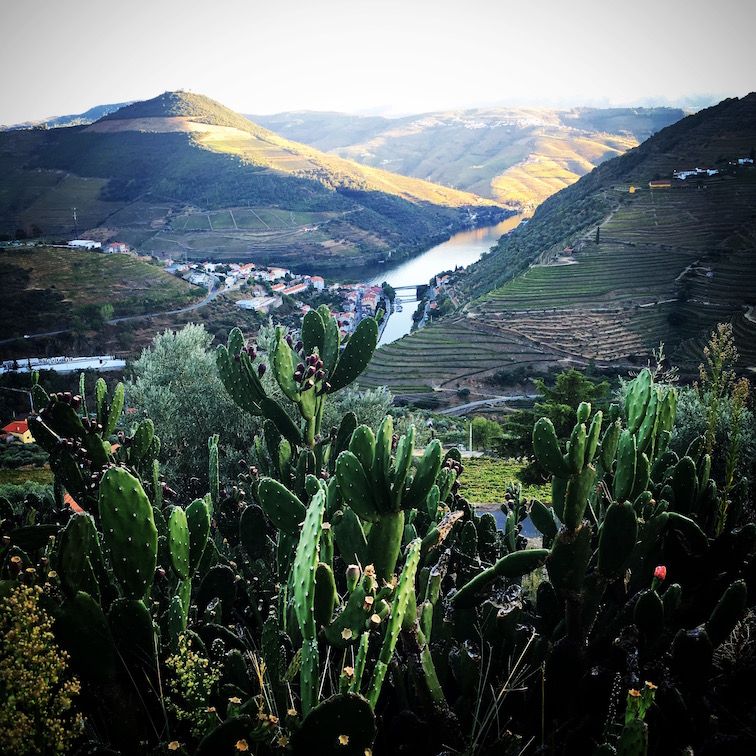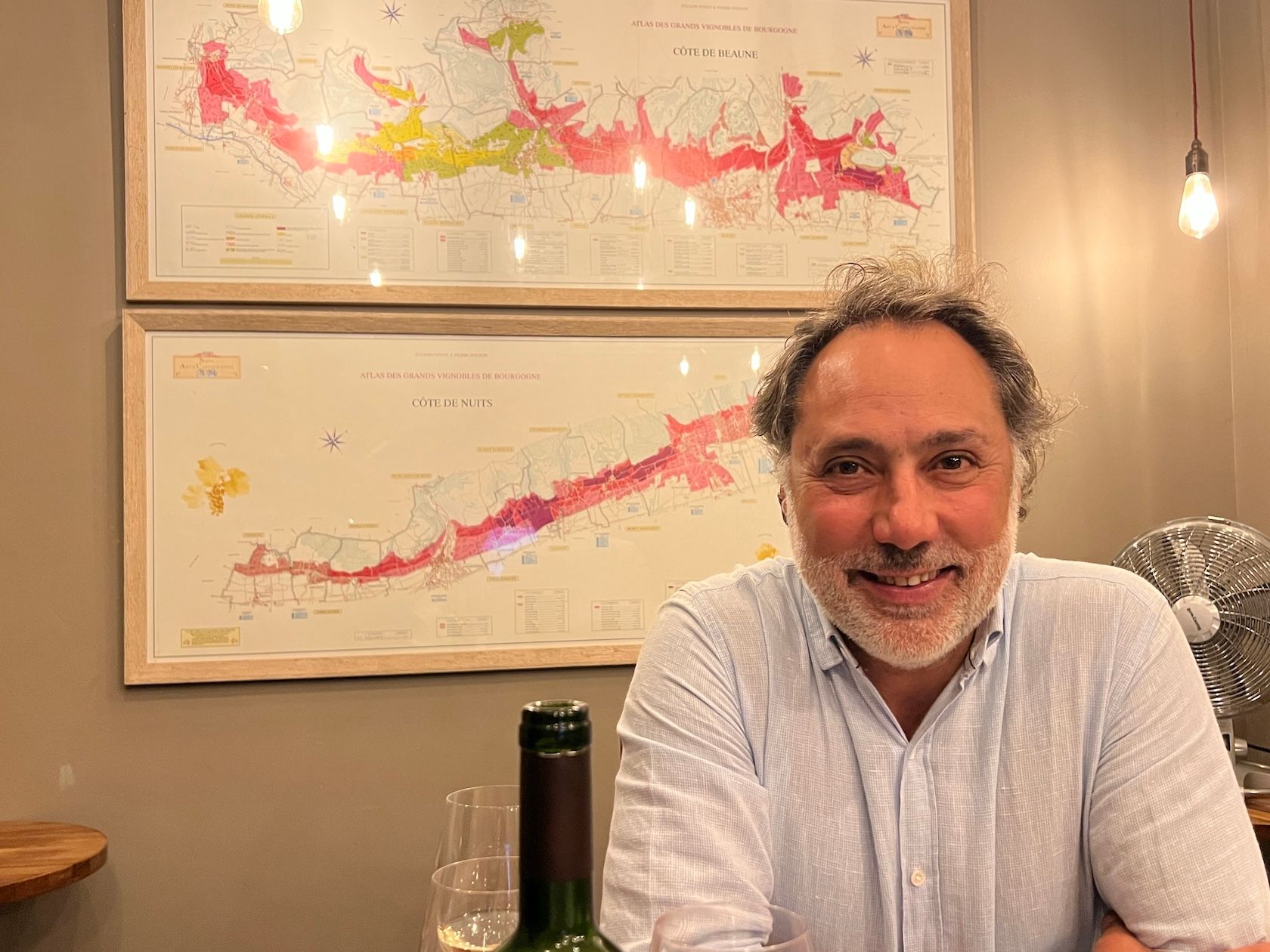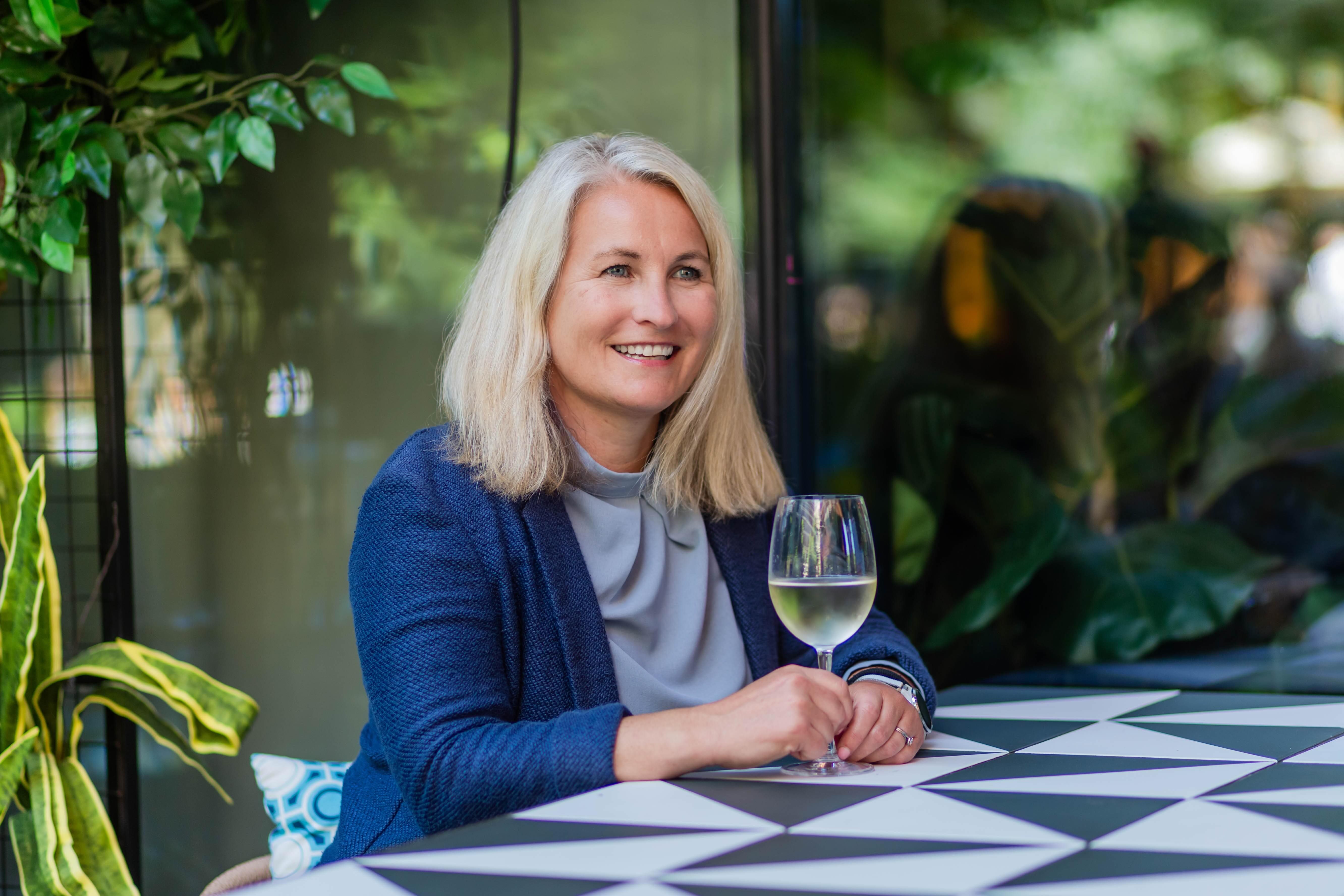Quinta de la Rosa, Quinta do Vallado, Quinta do Vale Meão, Dirk Niepoort and Symington Family Estates were just some of the wineries that shone at the New Douro Tasting, held in London, that turned a spotlight on the exciting new developments in Portuguese table wine.
So what’s new about the Douro, Portugal’s best regarded wine region?
Quite a lot actually.
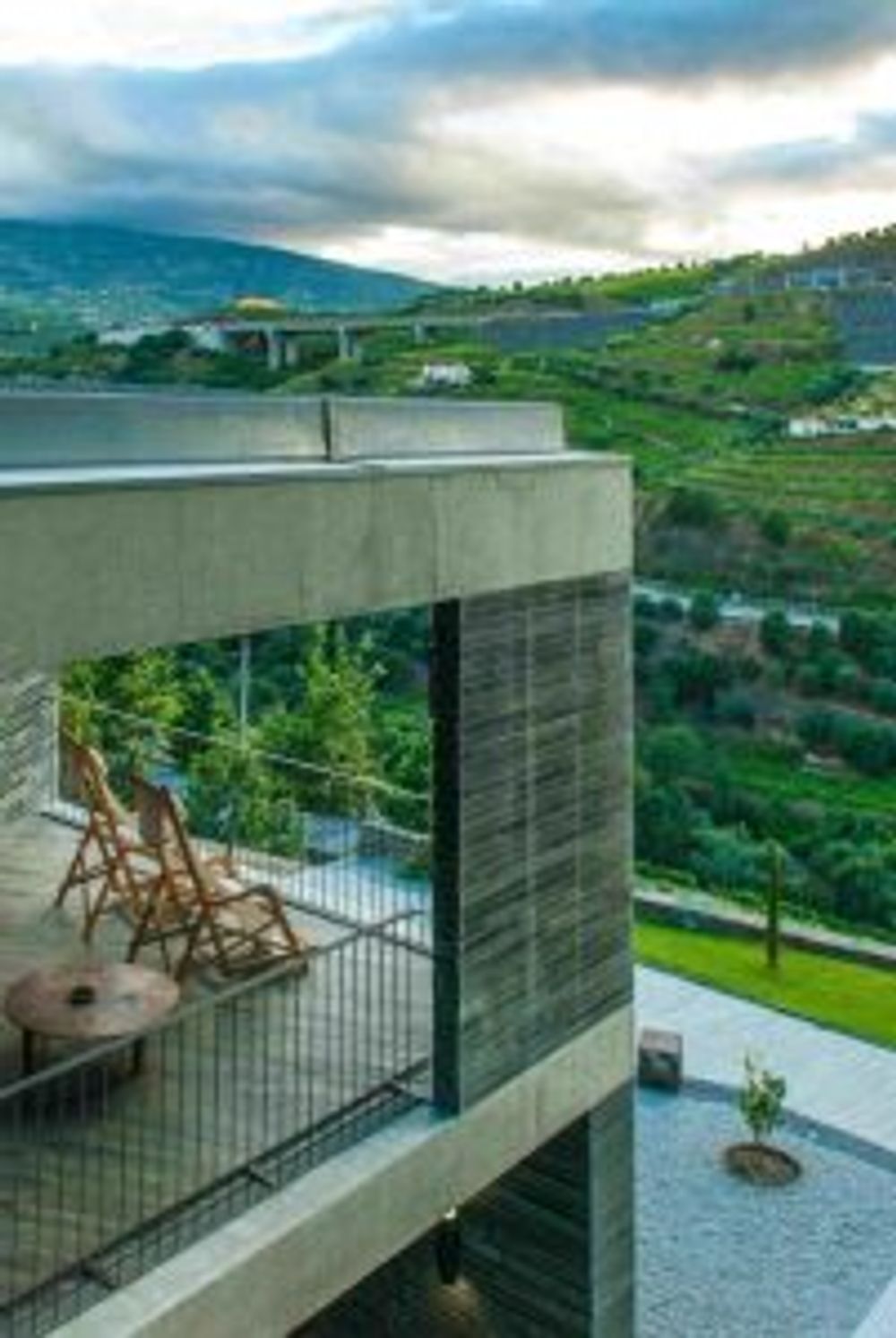
A visit there this summer, after an absence of maybe five years, revealed infrastructure that has benefited massively from EU and government investment; travelling from Porto to Pinhao now takes just one and a half hours, against the two and a half I recall.
The New Douro has increasing numbers of spa and boutique hotels (check out Six Senses or Quinta do Vallado) and tourism has hit the big time, with Americans, Chinese and Japanese all enjoying the region’s much-improved restaurant offering.
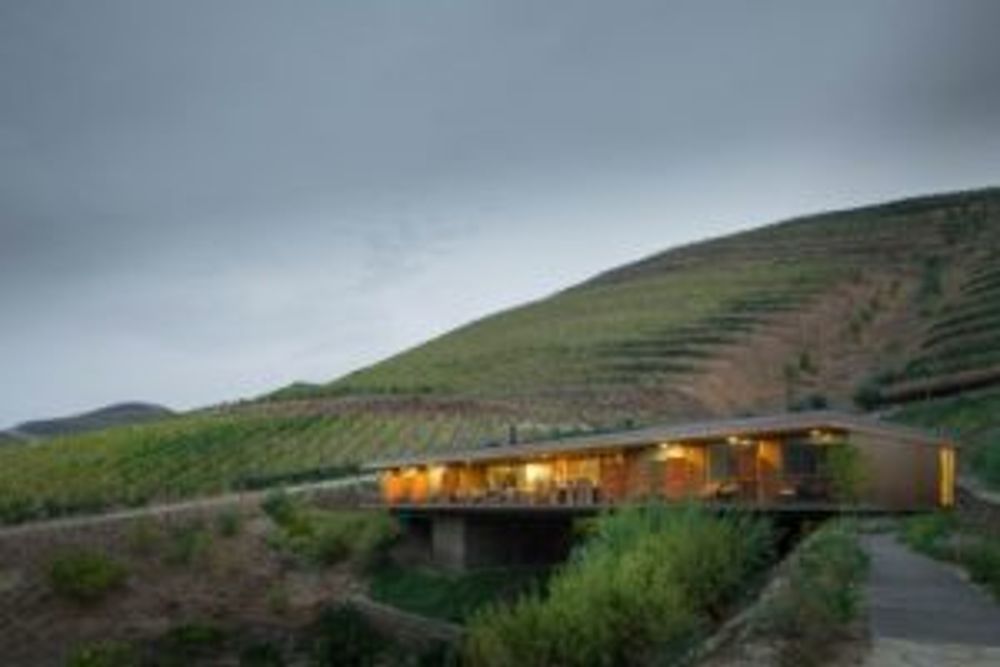
Most important though, are the changes that have swept through wine-making, which were evident at this year’s New Douro Tasting in London in November.
Over the past 20 years, producers have been massively investing in table wine and downplaying the port production that was once the defining thing about the Douro: for most, port now accounts for a small fraction of production, with the best producers focusing on quality and leaving bulk production to the big names.

Douro reds are now understandably the most sought after in Portugal, with renowned wine-makers from other regions now boosting production there (Quinta dos Murcas from Esporao in the Alentejo is a good example, with their Assobio now recognised as one of the region’s best quality entry-mid level wines).
And producers that once focused on the typical Douro blend (Touriga Nacional blended with Touriga Franca, Tinta Roriz etc) are now making great field blends that can utilise any number of local varieties, often from very old vines, to remarkable effect).
But there’s another revolution taking place in white wine, previously an also-ran here. Producers are now prioritising production of high quality, mineral wines using the local white varieties including Malvasia Fina, Gouveio, Rabitago and Viosinho and many excellent examples were at this tasting.
This truly is a region where badly made wines are increasingly hard to find
So out of so many excellent producers which wineries best represent the New Douro?
It would be impossible not to mention the eclectic boundary-pushing Dirk Niepoort, so I won’t try other than to say that this man seems incapable of making a boring wine.
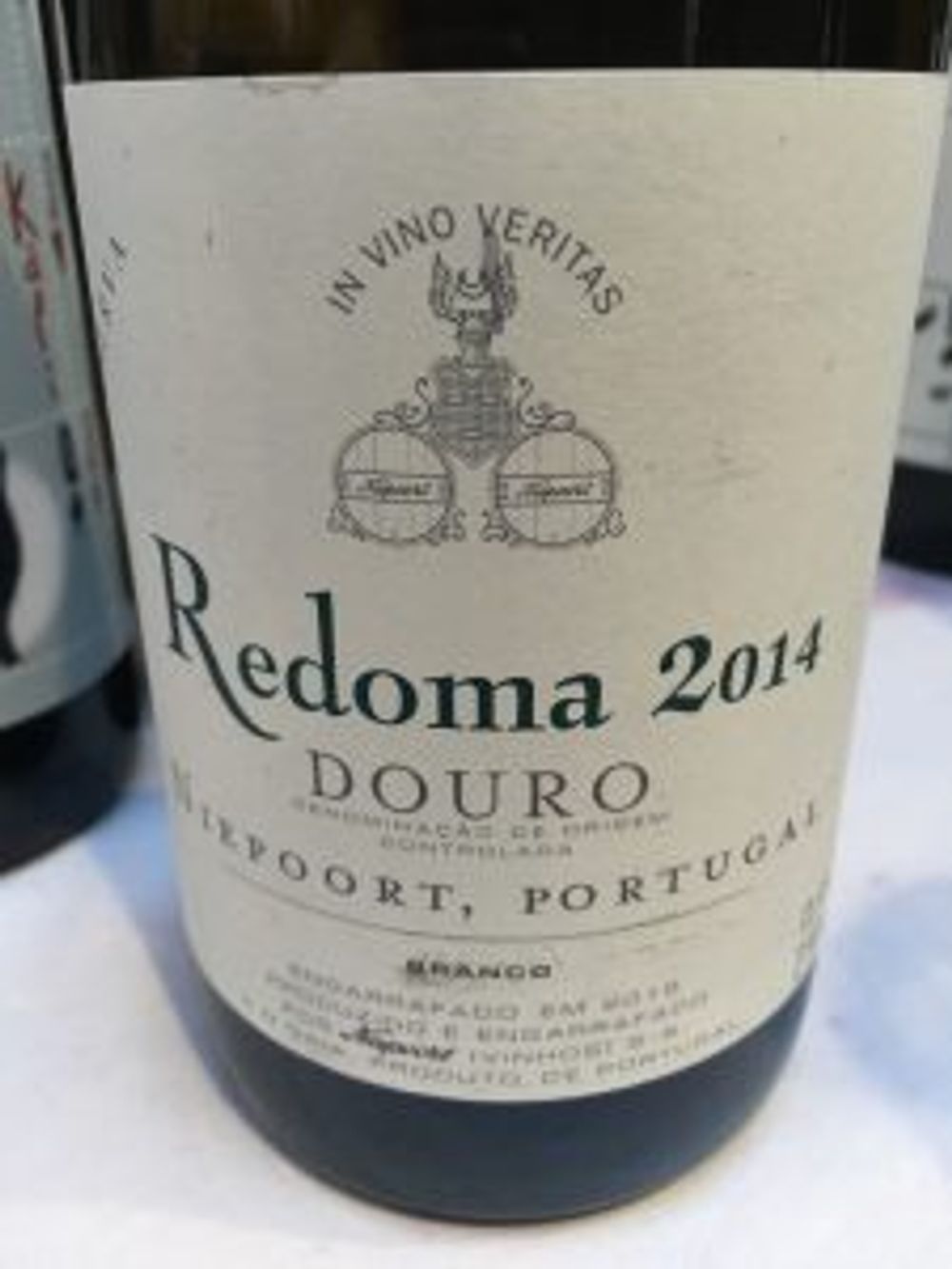
Both his main whites – Redoma and the barrel Redoma Reserva Branco 2015 – are fine examples of the New Douro white, open and expressive, the red a blend of 40 varieties, whilst his red Batuta 2014, a high-end field blend, is complex and inviting, reflecting both the meticulous wine-making and the complex schist soils of the estate.
Quinta do Vallado is probably best known for its typical Douro blends Vallado Douro white and red, but its Reserva Field Blend 2014 and its inexpensive, newly launched, organic Vallado Douro Superior 2014 are both much more interesting and well worth seeking out.
However for me, the Vallado Prima 2014 was the star white of the tasting: made from 100% Moscatel, this dry wine appears almost sweet on first taste, but is remarkably mineral and complex. Outstanding.
From the Upper Douro, the wines offered by Quinta do Vale Meão are dark, tannic and complex and none the worse for that. Winemaker Francisco Olzabal has done a fantastic job making real terroir wine from the varied soils here, and his Meandro White and Red are both well worth checking out.
For richness and complexity, seek out his rich, layered and complex Monte Meão Touriga Nacional 2013.
Quinta de la Rosa is one of the most scenically located wineries on the Douro but its wines have been long been underrated, despite being amongst the first Douro producers to make the shift towards focusing on table wines. With production now at around 250,000 bottles there is more opportunity to see what progress has been made.
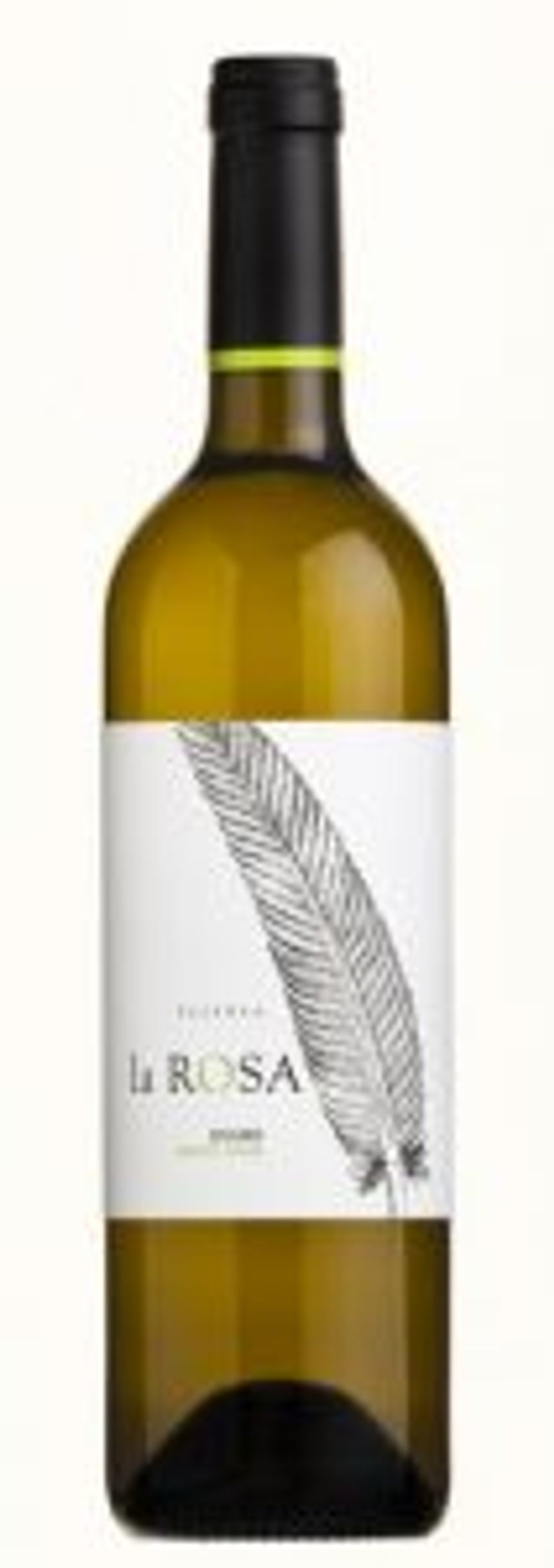
Three whites are produced here, but the oaked La Rosa Reserva White 2015, a blend of 60% Viosinho and 40% other local white varieties gives an idea of how far white wines have progressed in this region.
It would be impossible to write about the Douro without mention of Symington Family Estates so I won’t try.
Their Altano white 2015 and Organic red 2014 remain amongst the best value, high quality “entry level” wines from the region whilst at the other end of the price scale, Quinta do Vesuvio 2014 and its younger but no less impressive brother Pombal do Vesuvio 2014 (retailing for around £54 and £25 respectively) show just how stunning New Douro wines can be.
Little wonder the Douro is now described as one of the world’s most exciting wine regions.
